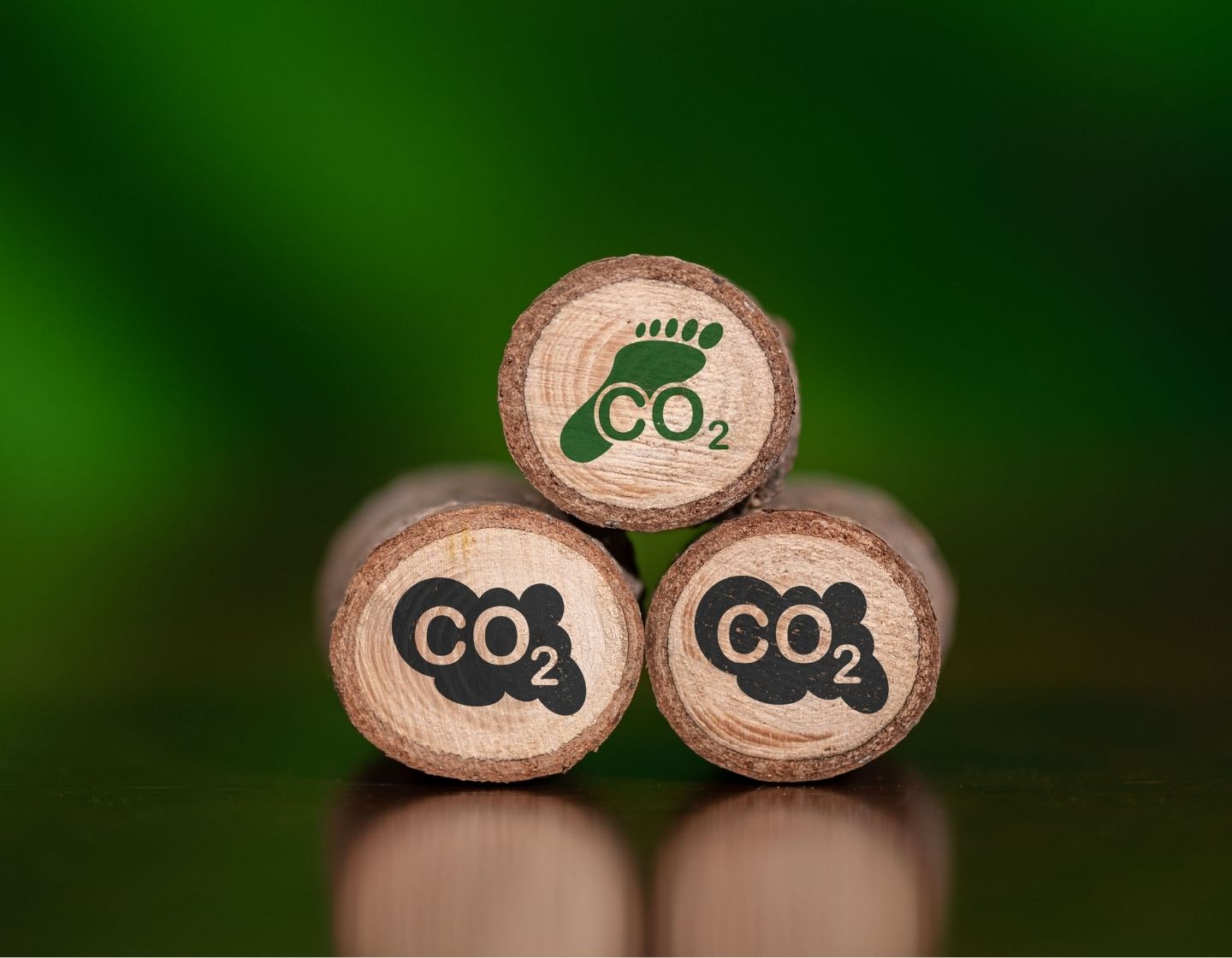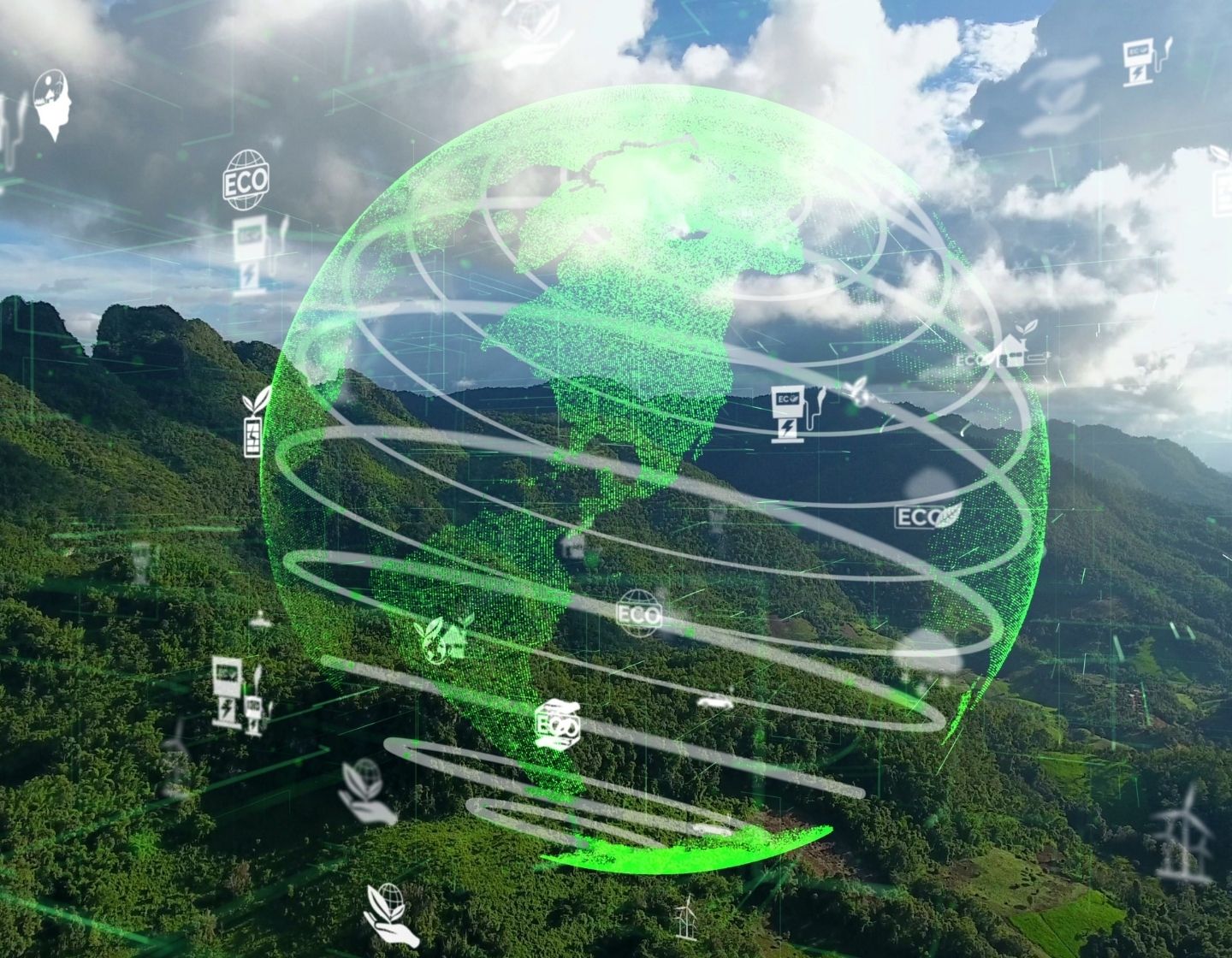What is Scope 3?
Scope 3 is one of the trio of emissions categories defined within the Greenhouse Gas (GHG) Protocol.
The 3 Scopes have been developed by the World Business Council for Sustainable Development and the World Resources Institute as part of the GHG Protocol to provide a comprehensive global framework for companies and other organisations to measure and manage emissions.
Scope 3 includes all indirect emissions in the value chain – these are from sources not owned or controlled by your company. This makes Scope 3 the most complex and challenging area of emissions reporting and management.
Understanding Scope 3 is going to become crucial in the development of net zero plans, financial reporting and the culture of business over the next decade and beyond.
Regulatory and market pressures are building rapidly. For example, large companies in the UK are required to report on climate-related risks in line with recommendations of the global Taskforce on Climate-related Financial Disclosures.
The net-zero facts
- As of January 2023, large companies will be compelled to publish detailed information on sustainability performance by the EU Corporate Sustainability Reporting Directive
- SMEs only have until January 2026 to prepare.
- The UK government’s Transition Plan Taskforce (TPT) is already strengthening disclosure requirements on net-zero plans.
- Pressure is on companies to improve emissions reporting; the recent EY Global Survey indicated that 99% of investors lean on company ESG (Environmental, Social and Governance) disclosures when deciding where to put their money.
- Companies are aware that more consumers might change purchasing habits to reduce environmental impact, but nearly 1 in 2 either don’t know what commitments businesses have made that they can trust, or simply do not trust businesses on climate change and sustainability issues.
- While 70% of UK employees expect their bosses to take action on societal issues, companies with $4trn of purchasing power are requesting ESG information from suppliers worldwide.
The 3 Scopes
What are the 3 Scopes in essence?
Scope 1: Direct emissions from owned or controlled sources
This includes all the emissions from the activities of an organisation, or that are under their control. Examples include:
- Fuel burned in owned or controlled boilers, furnaces
- Fuel used in vehicles
- Emissions from chemical production in owned or controlled process equipment.
Not included are direct CO2 emissions from the combustion of biomass, which is reported separately, and any GHG emissions not covered by the Kyoto Protocol, such as CFCs and NOx, are also recorded separately.
Scope 2: Indirect emissions from the generation of purchased energy
This covers indirect emissions from electricity purchased and used by a company. These emissions are created during energy production by the supplier.
This covers all of your electricity usage, including:
- Electricity to charge your EV fleet
- Lighting your buildings
- Electric heaters
- All other electricity used directly by your business.
As well as your usage, your Scope 2 emissions will also depend on the proportion of clean energy in the national grid. Generating your own electricity with solar panels will reduce your Scope 2 emissions.
Scope 3: All indirect emissions that occur in the value chain
These are all emissions from sources that the company does not own or control, covering areas associated with, for example, business travel, procurement, waste and water. They are those not included in Scope 2 and extend the reach to account for GHG emissions through the entire value chain of the reporting company, including both upstream and downstream emissions.
Upstream activities or cradle-to-gate emissions
- This includes all emissions that occur in the life cycle of a material/product up to the point of sale by the producer.
Downstream activities
- Includes emissions produced in the life cycle of a product after its sale by the producer, including distribution and storage, product use and end-of-life.
We show a detailed breakdown of these two categories below.
Scope 3 emissions often contribute the greatest share of a company’s carbon footprint, so the measurement and reporting of them is seen as crucial to the sustained development of effective carbon reduction policies. The process will enable companies to identify GHG reduction opportunities, track performance, and engage suppliers at a corporate level.
Scope 3 is also known as the Corporate Value Chain Standard and is designed to enable comparisons of a company’s GHG emissions over a period of time but is not designed to support comparisons between companies.

Scope 3 challenges
Not surprisingly, measuring GHG emissions isn’t easy, and nailing down the Scope 3 areas are even more challenging because of the number of parties and interests involved.
The GHG Protocol accounting and reporting standards have been developed with the help of exhaustive testing by businesses, government agencies, NGOs, and academic institutions around the world over the past 20 years. The framework is under continual development.
The 3 Scopes aim to avoid “double-counting” of emissions and organisations by separating GHGs into those that they control and those that they can influence. Focussing on Scope 3, the indirect emissions involve the full supply chain from extraction of raw materials to end-of-life treatment of products.
There are 15 separate reporting categories, 8 upstream and 7 downstream, with a few that are relevant to both upstream and downstream such as transportation and distribution.
The categories are:
Upstream
- Purchased goods and services
- Capital goods
- Fuel from energy related activities
- Transportation and distribution
- Waste generated in operations
- Business travel
- Employee commuting
- Leased assets
Downstream
- Transportation and distribution
- Processing of sold products
- Use of sold products
- End-of-life treatment of sold products
- Leased assets
- Franchises
- Investments
Benefits of Scope 3
The development of the GHG Protocol crystallised the understanding that the majority of GHG emissions – as well as opportunities to cut costs – are outside direct operations. Measuring Scope 3 emissions gives companies a clear view of emission hotspots in the supply chain.
The data will help to pinpoint any resource and energy risks in wider operations while revealing energy-efficiency and cost-cutting potential. At the same time, companies will be able to identify and fully support suppliers who are very active in developing sustainability practices as well as highlighting those who are slow to act.
The Scope 3 process will also help companies identify area where the energy efficiency of suppliers’ products could be improved, strengthening the relationship for mutual benefit.
Scope 3 is also an opportunity to engage with employees and work together to reduce emissions from business travel and commuting.

‘Most significant’ GHG emissions
The GHG Protocol advises that Scope 3 data collection will involve engagement with internal departments such as procurement, energy, manufacturing, marketing, research and development, product design, logistics, and accounting.
It recommends prioritising data collection efforts on activities expected to have the most significant GHG emissions, offer the most significant GHG reduction opportunities, and are most relevant to the company’s business goals.
It says: “Collecting higher quality data for priority activities allows companies to focus resources on the most significant GHG emissions in the value chain, more effectively set reduction targets, and track and demonstrate GHG reductions over time.”
Companies may seek higher quality data for activities:
- that are significant in size
- that present the most significant risks and opportunities in the value chain
- where more accurate data can be easily obtained.
And they can also decide to rely on relatively less accurate data for activities expected to have insignificant emissions or where accurate data is difficult to obtain.
UK government backing
The GHG Protocol is recognised by the UK government as an independent standard for reporting greenhouse gases and while use of the standards is voluntary, it is seen as an essential element in the mandatory Streamlined Energy and Carbon Reporting (SECR) regulations.
The SECR requires annual reporting and disclosure of energy and carbon information within the accounts and came into effect on April 1 2019.
SECR covers all incorporated quoted and “large unquoted companies and limited liability partnerships”. Large companies are defined as those that meet two or more of these criteria: Over 250 employees, annual turnover greater than £36 million, annual balance sheet greater than £18 million.
Company annual reports now need to include more detailed reporting on energy usage, energy efficiency and greenhouse gas emissions.
The government is also encouraging all other companies to adopt similar reporting structures.

Positive ROI
Businesses that have embraced the three scopes report a positive ROI along with the improved ability to identify and manage the risks and opportunities around the value chain, as well as engage suppliers and partners in carbon reduction strategies.
One of the sustainability performance indicators most requested by stakeholders is emissions and the three scopes helps to provide more granular and useful data for investors while enhancing corporate reputation through public reporting.

